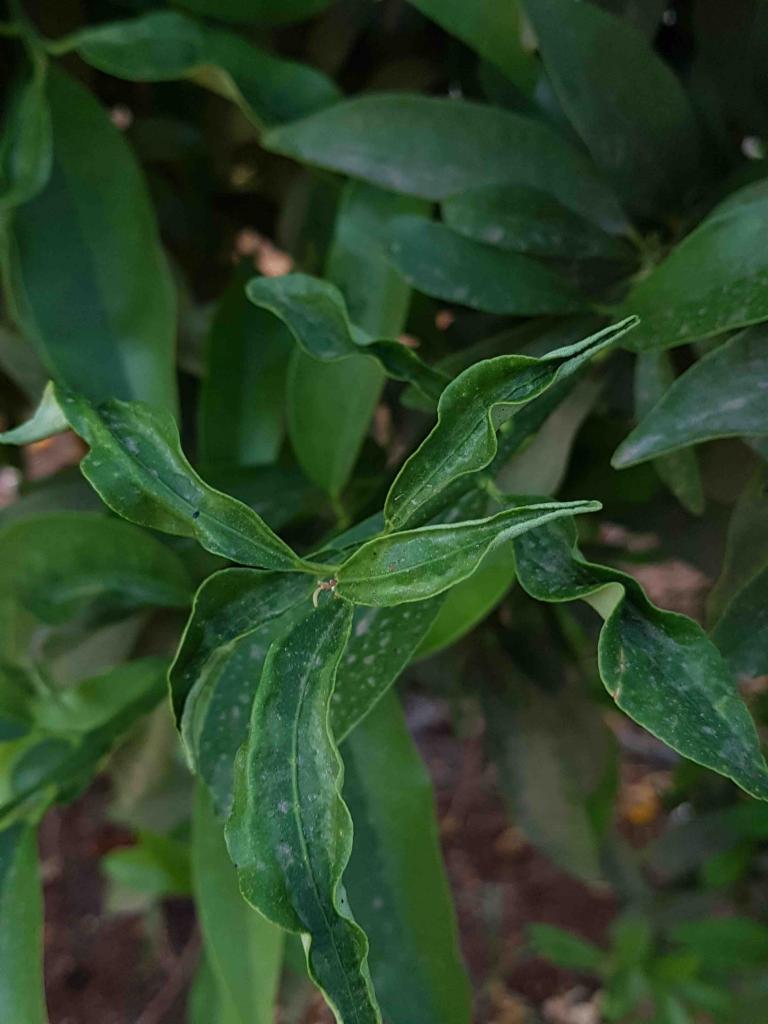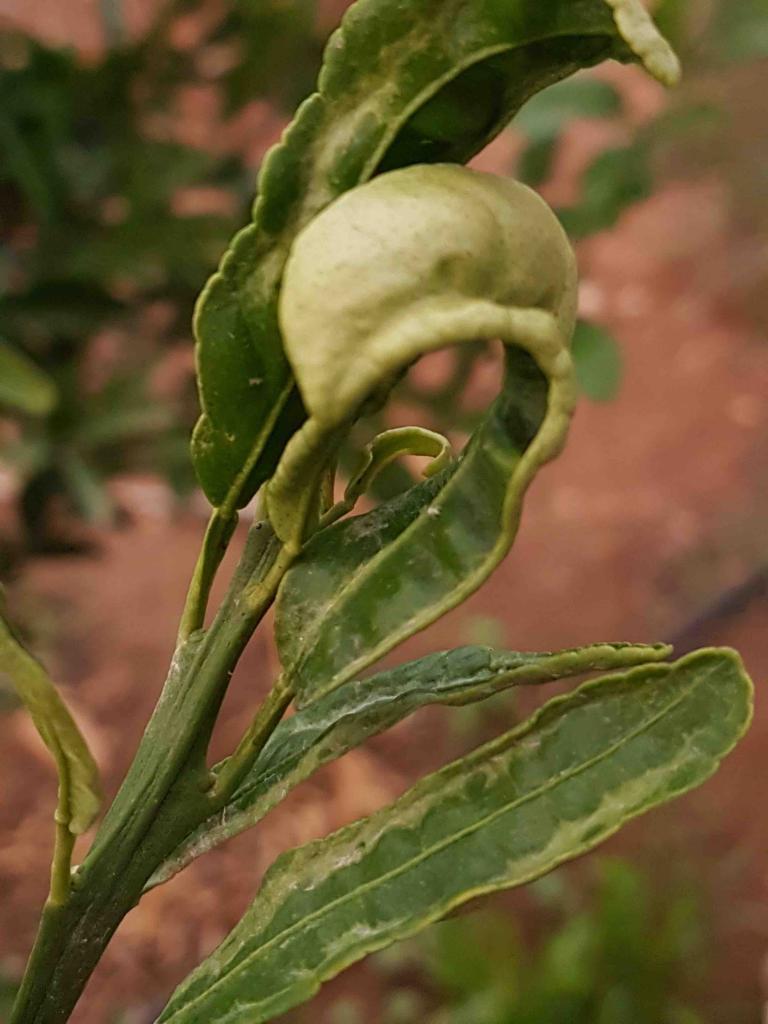Scirtothrips Dorsalis
Peppers, blueberry, citrus, grapevines, peanuts, tea, mango, cotton, and roses
Thrips are small, elusive, fast maneuvering and a highly polyphagous. It is an economically important pest for ornamental plants, vegetables, and fruit crops. Thrips feed on actively growing plant tissues, where you’ll usually find them.
Symptoms include upward curling and the distortion of new foliage, with a brown zipper-like scarring of buds, flowers, and fruits.
Monitoring: prevent damage by scouting your field on a weekly basis to catch infestation in its initial stage.
Growing inside structures: the most effective way to protect your crop from chilli thrips is simply (but costly) growing your crops inside a greenhouse or a dense (50 Mesh) net structure.
Sanitation: Try keeping your crop’s close surroundings and environmental conditions as neat as you can by removing weeds and nearby (non-cultivated and unprotected) plants that can attract thrips.
The following are insecticides used in one or more parts of the world: abamectin and emamectin benzoate.
Spinosad-based products
*Names marked in red are considered to be highly poisonous to beneficial insects.
*Names marked in green are considered to be organic and IPM (integrated pest management) compatible.
Image Gallery


